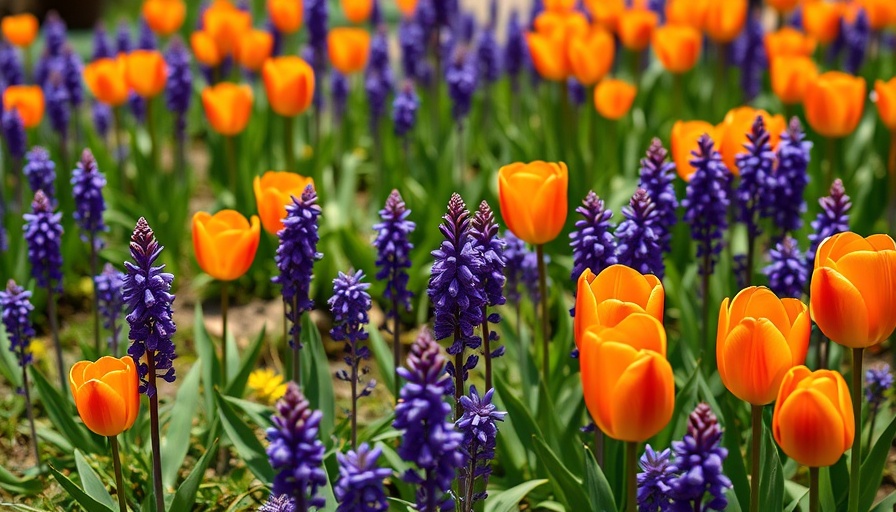
Plant a Colorful Spring Border with these Bulb Combinations
As the leaves turn and fall settles in, it’s time for passionate gardeners to think ahead for a vibrant spring. October is the perfect month to plant spring bulbs, ensuring that your garden bursts with life after winter’s grasp. Expert insights from Melissa Strauss and additional tips from fellow horticulturists offer a treasure trove of ideas for creating notable spring borders that will leave your neighbors in awe.
Why October is the Ideal Time for Bulb Planting
Spring bulbs demand a period of cold stratification (or vernalization), which is why fall planting is recommended. This exposure enables bulbs to establish robust root systems necessary for vibrant blooming in spring. October typically falls within the safe planting zone, escaping the harshest of frosts. However, gardeners in colder climates should consider their local conditions to ensure a successful planting experience.
Choosing the Right Combinations for Impact
Creating visual interest is key when selecting bulb combinations. When layering different heights, colors, and blooming times, you can maximize your garden's aesthetic and ecological potential. For instance, pairing yellow daffodils and purple muscari can create a beautiful layered carpet. Daffodils rise to about 12 inches, while muscari remain beneath at 6 inches, making for an eye-catching visual from spring to summer.
Suggested Bulb Combinations
Consider these intriguing pairings for your spring garden:
- Dark Tulips and White Daffodils: Stagger the timing of tulips to extend the bloom period for a sophisticated display.
- Pink and Purple Hyacinths: These mid-season bloomers add elegance with their delightful fragrance and vibrant colors.
- Orange Tulips, Lavender Hyacinths, and White Daffodils: This classic trio offers a beautiful color palette and each type blooms in succession for increased seasonal interest.
- Blue and Yellow Irises: Bearded irises provide a whimsical touch with their showy colors and unique textures, enhancing the meadow-like feel in your spring garden.
- Blue Camassia and White Daffodils: A striking combination where camassias bloom after daffodils, allowing for an extended flower show.
Designing for Height and Layering
When planning your garden beds, remember that height plays a significant role in the overall composition. Daffodils can serve as a structural backbone, allowing shorter plants, such as muscari and hyacinths, to fill in the gaps. This layering technique keeps your garden visually appealing year-round, even when certain plants die back after flowering.
Practical Tips for Successful Planting
- Soil and Drainage: Ensure you plant in well-drained soil. Bulbs do not thrive in soggy conditions, which can lead to rot.
- Spacing: Aim to plant bulbs according to their height—tallest bulbs in the back, shorter in the front—to create a natural, cascading effect.
- Color Harmony: Consider complementary colors for vibrancy. Pair warm tones like orange and red with cooler shades such as blue and purple for a balanced look.
Conclusion: Revitalize Your Backyard This Fall
As you prepare for spring by planting your bulbs this October, consider starting a backyard planting box or constructing outdoor soil beds to facilitate your garden dreams. Each layer, each color, and every bloom contributes to the beauty your space can offer. Now is the time to transform your yard into a colorful tapestry of life. Don’t wait—make this October the turning point for your springtime wonderland! For more DIY gardening tips or to explore personalized projects like building elevated planter boxes, keep an eye on local resources!
 Add Row
Add Row 
 Add
Add 


Write A Comment